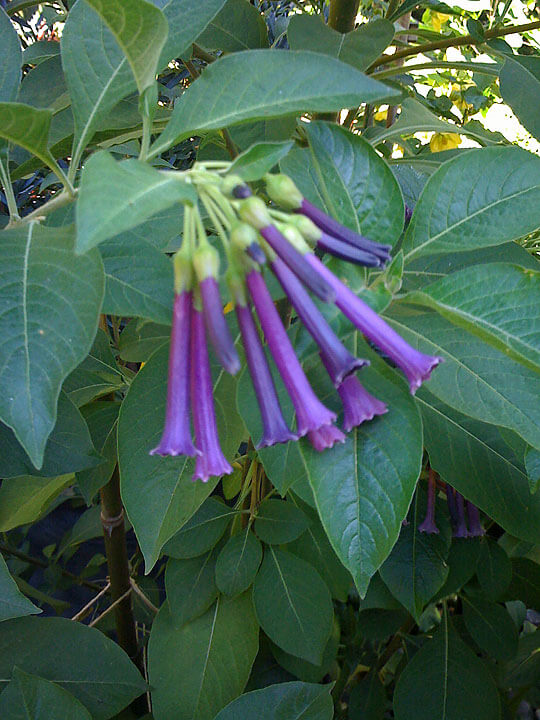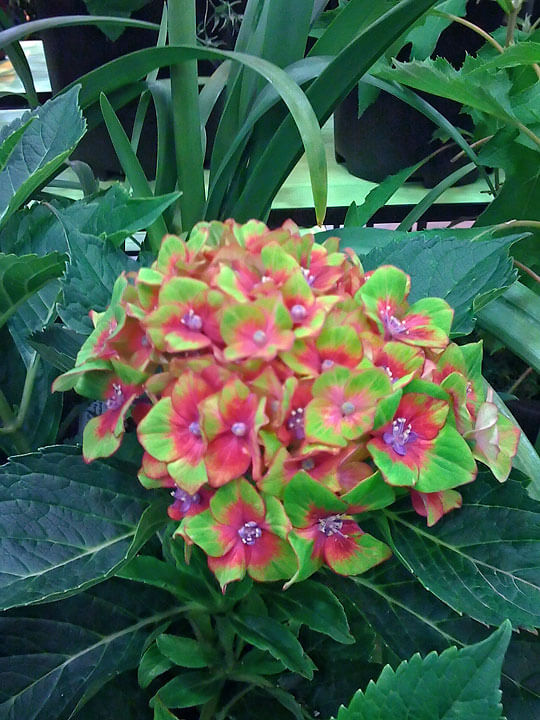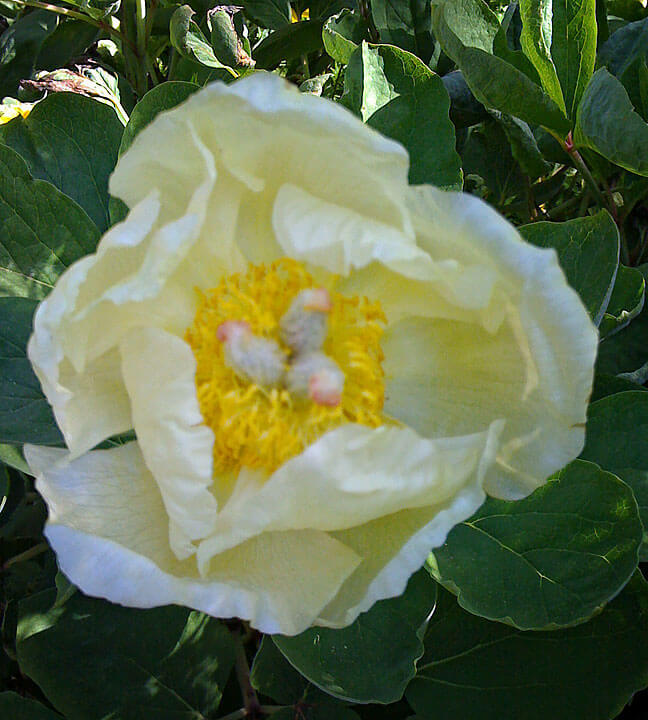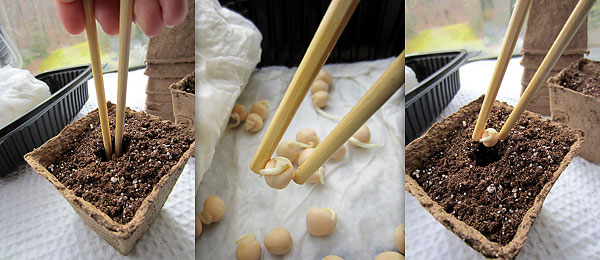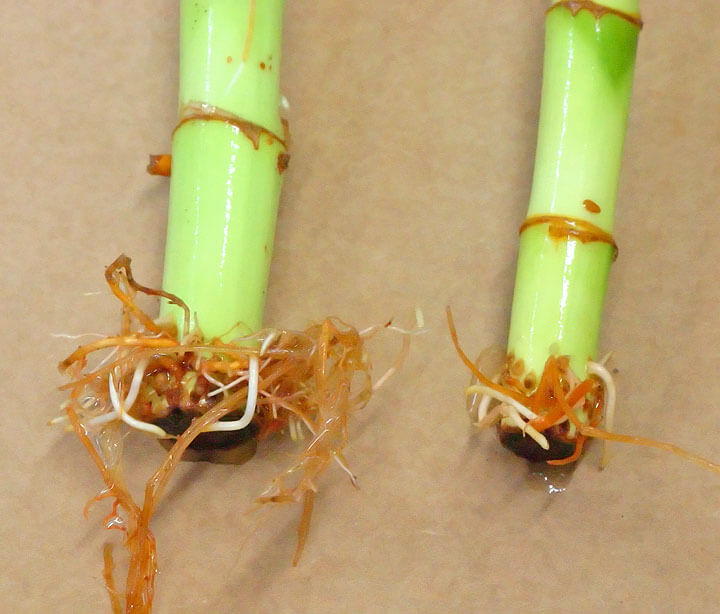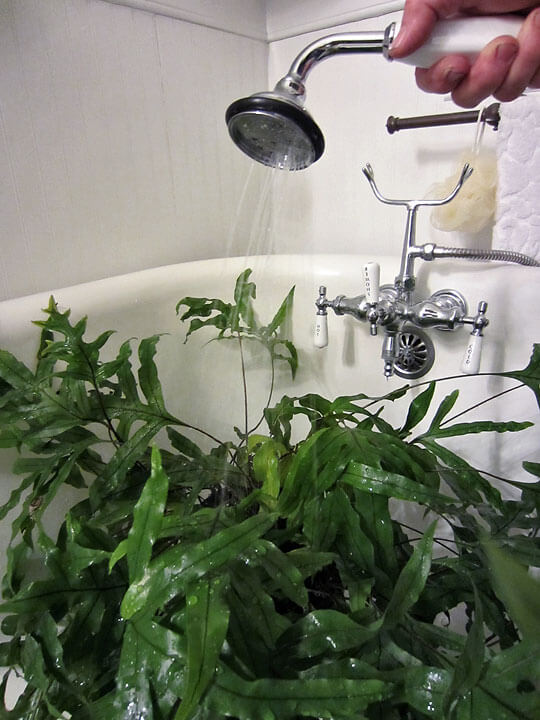
As the heat of “dead summer” begins its slow ebb into fall, it’s planting time in California and the Southwest. While most folks across the US plant in spring, here the mild fall is our second growing season for food crops. What we grow now feeds us into the holidays with roots and greens and maybe even squash or peppers with the right system and climate. I grow many ways, in raised beds with row covers, in the greenhouse and out in the open air, depending on the season and crop. This allows me to compare the methods for different crops at different times of the year.
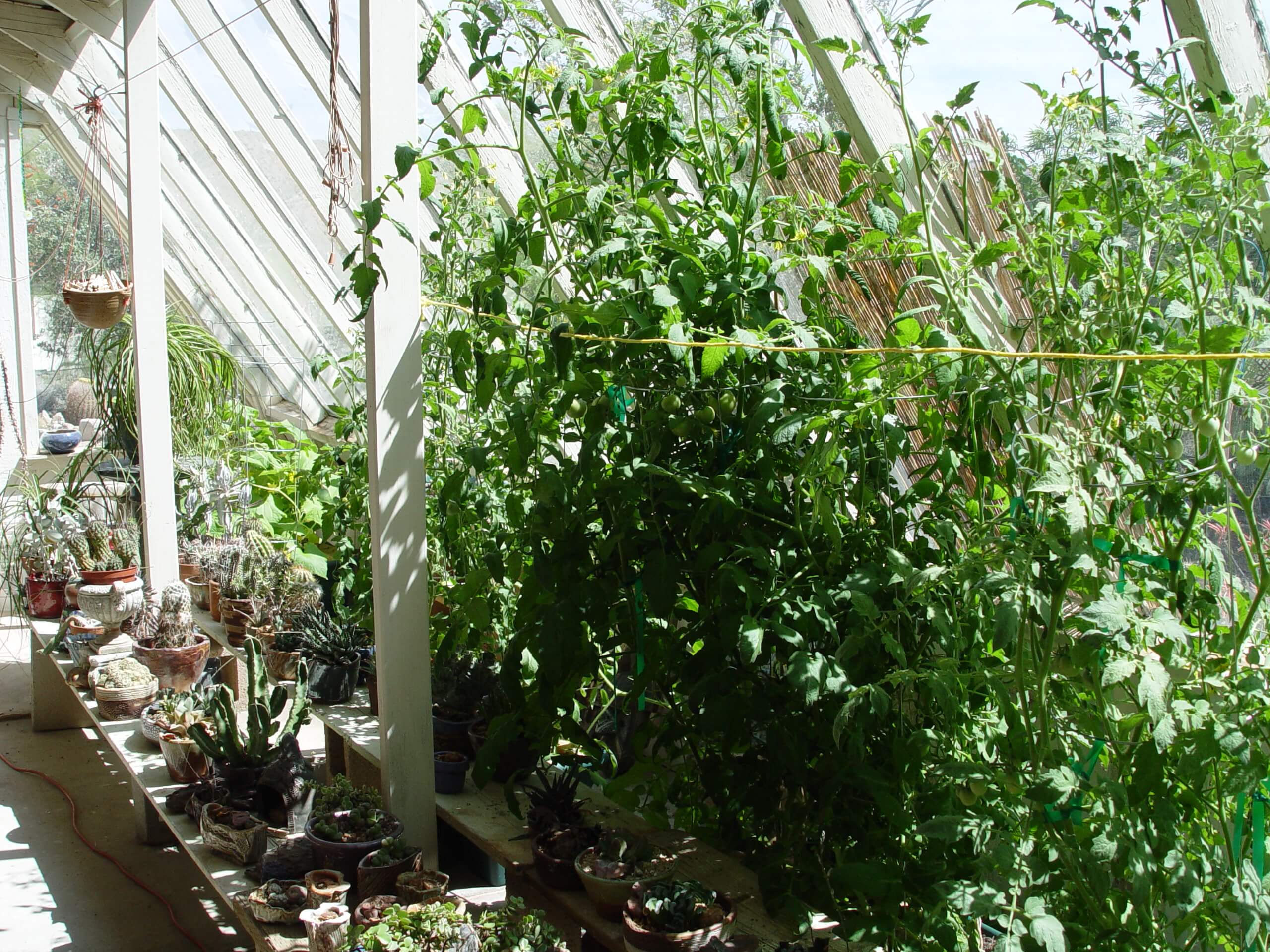
Planting Grow Boxes
Last year I tested Grow Boxes in the greenhouse attached to the south side of my home. With such low humidity in the desert, these boxes with their 4-gallon reservoir keep plants far better hydrated than any other method. The box is designed so plants produce long trailing roots that dangle into a large water reservoir sucking up all the moisture they need rather than being limited to watering times. Last year I planted the boxes with tomato seedlings in February when high UV in the desert allows greenhouse growing in the high desert and year around in the low desert.
I selected ordinary tomato varieties to evaluate how well the boxes work here. Because indeterminate tomato varieties are long blooming, I wanted to determine if my tomatoes could indeed become perennial and produce year around without frost. I was thrilled to find the seedlings literally exploded out of the boxes and never stopped growing or producing new fruit until that sudden August decline. The tomato plants quit taking up water, became discolored and generally failed for no particular reason. And whenever I don’t know the reason, my mentor always advised, “dig a hole”.
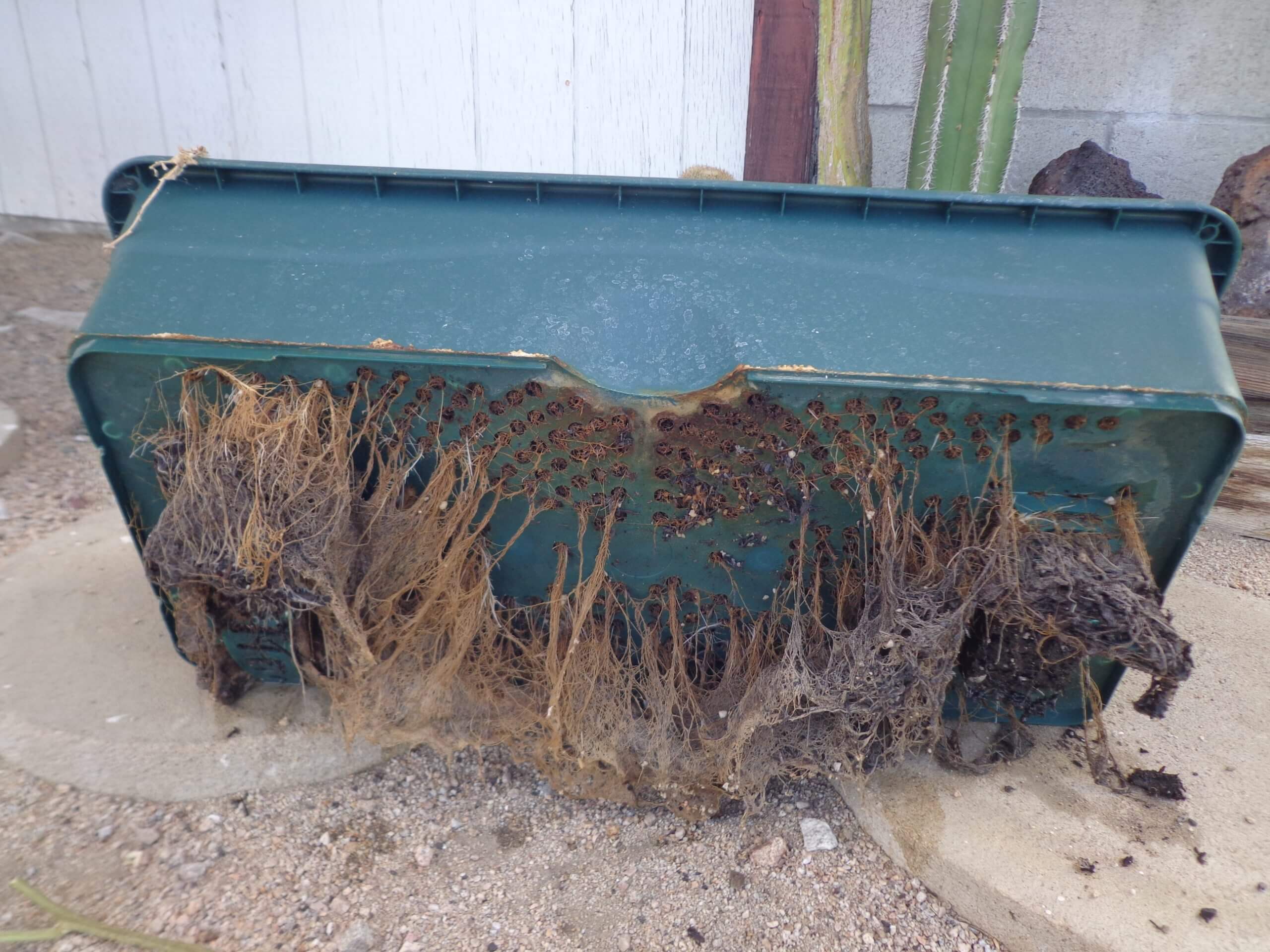
Managing Mice in Grow Boxes
The cause was revealed when I disassembled the boxes to take my first glimpse at the roots that should dangle down into the water reservoir. They were gone! I discovered this was due to a design flaw of the Grow Box: reservoir accessibility to mice in my greenhouse during our blistering desert summers when they are keen on cool, moist places. The Grow Box opening for water access is easy for any small rodent or insect to enter. When water was low or dry in between fill-ups, the mice entered the reservoir and literally ate all the dangling roots, explaining why my tomatoes suddenly quit taking up water. We finally captured the mice, but there may be more in the future. I’ll be fashioning a hardware cloth cover for the fill holes of my six Grow Boxes to keep smaller creatures out, or the very same thing will happen again in this rodent-rich desert, particularly if grown outdoors on porch or patio!

This year I upgraded and replaced the potting soil with Black Gold Moisture Supreme Container Mix with RESiLIENCE®, which I hope will enhance the wicking crucial to the function of the Grow Box. This year I will test fall-planted vegetables in the greenhouse Grow Boxes to learn whether the fruit will ripen in November, despite cooler weather and shorter days. Only testing will prove whether plants that require pollination and long, hot days to ripen can be coaxed to fruit in the short, dark, cool winter.
Here in the desert, and everywhere else that is difficult to grow things, these quasi-hydroponic Grow Boxes are an ideal way to keep plants fully hydrated and healthy. They are a useful solution to grow efficiently in drought. And now with Moisture Supreme, they will be better able to take the heat, and perhaps I will finally learn whether or not indeterminate tomatoes can indeed be grown year round in my greenhouse.

